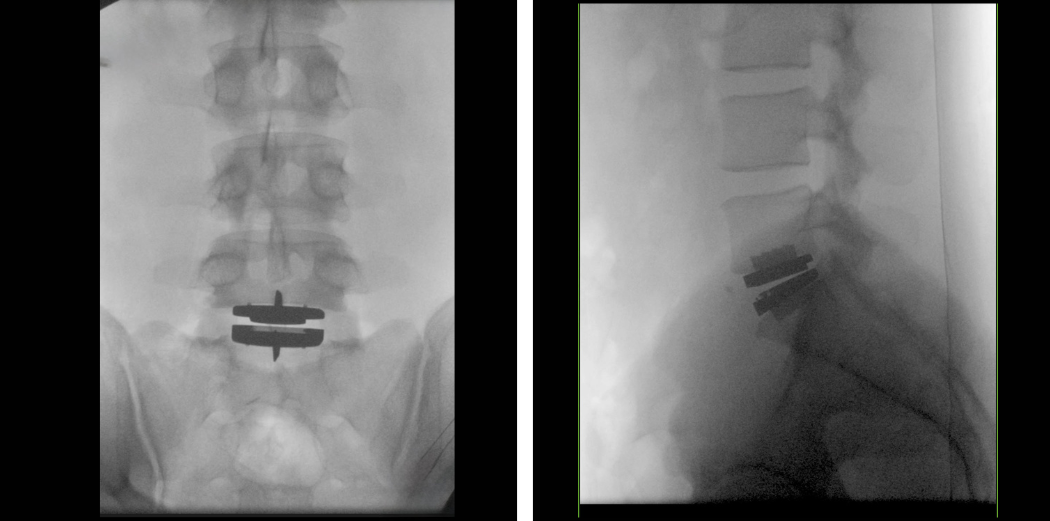Lumbar disc replacement is a surgical method that removes a worn or damaged disc in the lower back and replaces it with an artificial prosthesis. Typically constructed from metal and plastic-like materials, this disc is designed to replicate the cushioning and flexibility of a healthy, natural disc. By maintaining or restoring the height between vertebrae, the artificial disc can support nerve roots and alleviate debilitating symptoms.
Traditional procedures, such as spinal fusion, can effectively reduce pain but tend to limit movement by permanently joining two or more vertebrae. In contrast, lumbar disc replacement preserves motion, helping patients bend, twist, and rotate more freely. Because of this preservation of movement, many individuals experience a shorter recovery time and better long-term function than they might with fusion.







